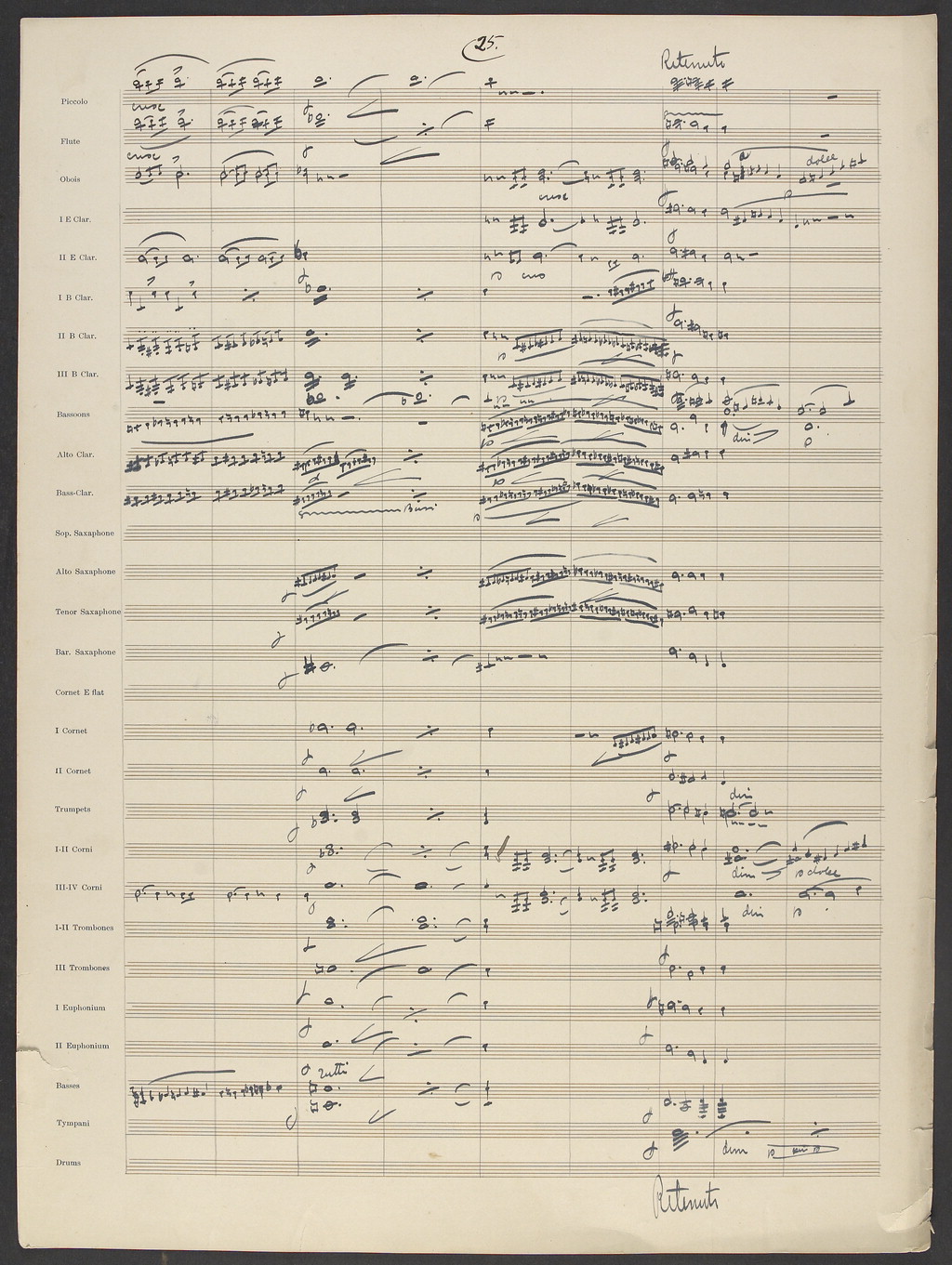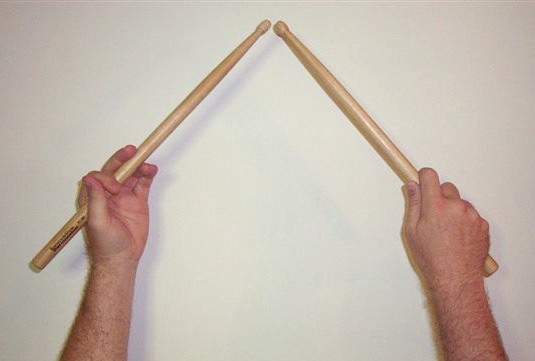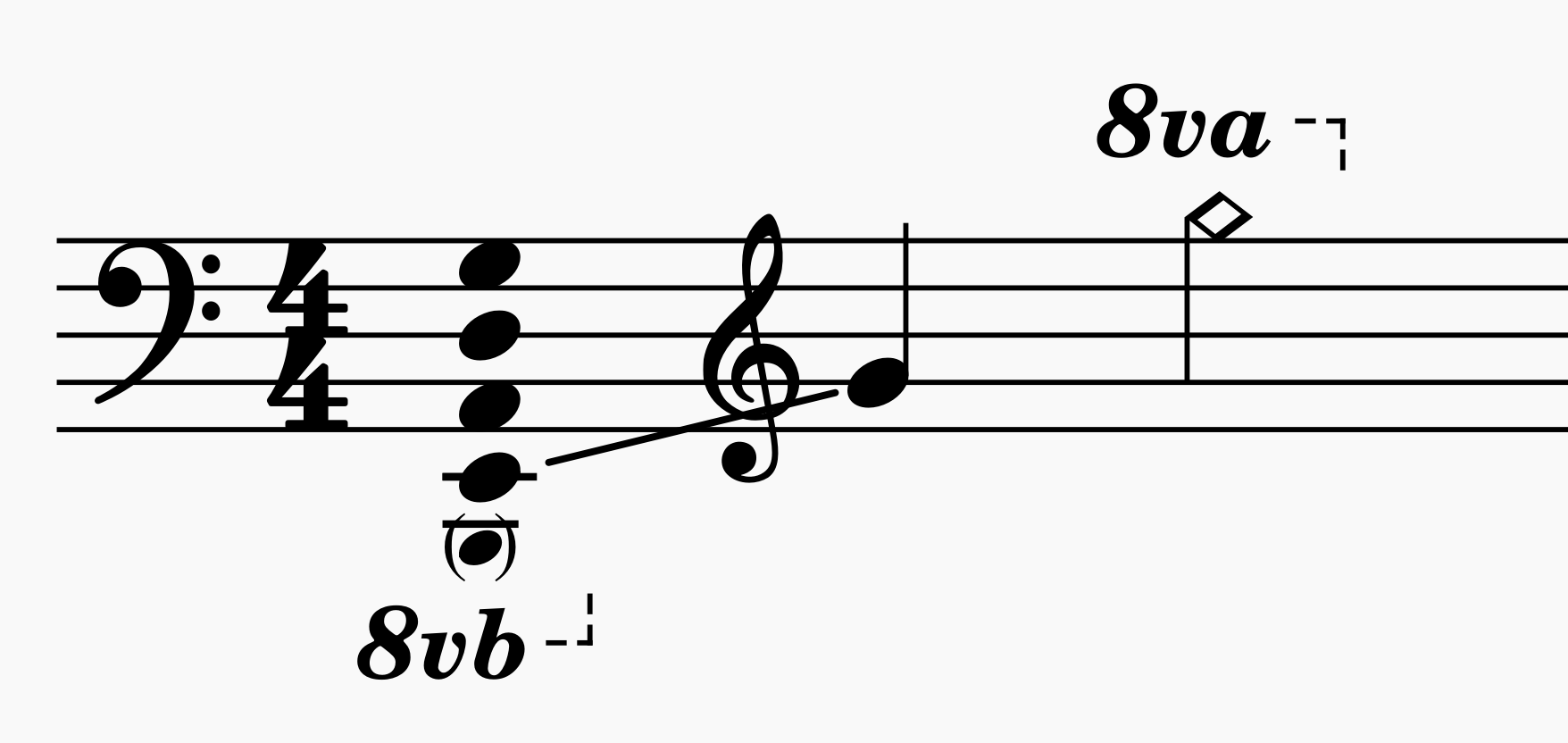|
Greek Cooking
''Greek Cooking'' is an album by American saxophonist Phil Woods featuring performances recorded in 1967 for the Impulse! label.Impulse! Records discography accessed April 11, 2011 Reception The review by Ken Dryden awarded the album 3 stars stating "Probably one of the more unusual recordings in Phil Woods' considerable discography, ''Greek Cooking'' features the alto saxophonist leading a tentet with a distinctly Greek flavor, including four Greek musicians... it should appeal to Woods' fans because of his ability to make the best of the material with his powerful, never dull playing".Dryden, K[...More Info...] [...Related Items...] OR: [Wikipedia] [Google] [Baidu] |
Phil Woods
Philip Wells Woods (November 2, 1931 – September 29, 2015) was an American jazz alto saxophonist, clarinetist, bandleader, and composer. Biography Woods was born in Springfield, Massachusetts. After inheriting a saxophone at age 12, he began taking lessons at a local music shop. His heroes on the alto saxophone included Benny Carter and Johnny Hodges. He studied music with Lennie Tristano at the Manhattan School of Music and at the Juilliard School. His friend, Joe Lopes, coached him on clarinet as there was no saxophone major at Juilliard at the time and received a bachelor’s degree in 1952. Although he did not copy Charlie Parker, Woods was known as the New Bird, a nickname also given to other alto saxophone players such as Sonny Stitt and Cannonball Adderley. In the 1950s, Woods began to lead his own bands. Quincy Jones invited him to accompany Dizzy Gillespie on a world tour sponsored by the U.S. State Department. A few years later he toured Europe with Jones, and i ... [...More Info...] [...Related Items...] OR: [Wikipedia] [Google] [Baidu] |
Victor Young
Albert Victor Young (August 8, 1899– November 10, 1956)"Victor Young, Composer, Dies of Heart Attack", ''Oakland Tribune'', November 12, 1956. was an American composer, arranger, violinist and conductor. Biography Young is commonly said to have been born in Chicago on August 8, 1900, but according to Census data and his birth certificate, his birth year is 1899. His grave marker shows his birth year as 1901. He was born into a very musical Jewish family, his father being a tenor with Joseph Sheehan's touring opera company. After his mother died, his father abandoned the family. The young Victor, who had begun playing violin at the age of six, and was sent to Poland when he was ten to stay with his grandfather and study at Warsaw Imperial Conservatory (his teacher was Polish composer Roman Statkowski), achieving the Diploma of Merit. He studied the piano with Isidor Philipp of the Paris Conservatory. While still a teenager he embarked on a career as a concert violinist with ... [...More Info...] [...Related Items...] OR: [Wikipedia] [Google] [Baidu] |
Arrangement
In music, an arrangement is a musical adaptation of an existing composition. Differences from the original composition may include reharmonization, melodic paraphrasing, orchestration, or formal development. Arranging differs from orchestration in that the latter process is limited to the assignment of notes to instruments for performance by an orchestra, concert band, or other musical ensemble. Arranging "involves adding compositional techniques, such as new thematic material for introductions, transitions, or modulations, and endings. Arranging is the art of giving an existing melody musical variety".(Corozine 2002, p. 3) In jazz, a memorized (unwritten) arrangement of a new or pre-existing composition is known as a ''head arrangement''. Classical music Arrangement and transcriptions of classical and serious music go back to the early history of this genre. Eighteenth century J.S. Bach frequently made arrangements of his own and other composers' pieces ... [...More Info...] [...Related Items...] OR: [Wikipedia] [Google] [Baidu] |
Dumbeg
The goblet drum (also chalice drum, tarabuka, tarabaki, darbuka, darabuka, derbake, debuka, doumbek, dumbec, dumbeg, dumbelek, toumperleki, tumbak, or zerbaghali; arz, دربوكة / Romanized: ) is a single-head membranophone with a goblet-shaped body. It is most commonly used in the traditional music of Egypt, where it is considered the National symbol of Egyptian Shaabi Music. The instrument is also featured in traditional music from West Asia, North Africa, South Asia, and Eastern Europe. The African djembe is also a goblet membranophone. This article focuses on the Middle Eastern and North African goblet drum. History The origin of the term ''Darbuka'' probably lies in the Arabic word "daraba" ("to strike"). Goblet drums have been around for thousands of years and were used in Mesopotamian and Ancient Egyptian cultures. They were also seen in Babylonia and Sumer from as early as 1100 BCE. On Sulawesi, large goblet drums are used as temple instruments and placed on the f ... [...More Info...] [...Related Items...] OR: [Wikipedia] [Google] [Baidu] |
Bouzouki
The bouzouki (, also ; el, μπουζούκι ; alt. pl. ''bouzoukia'', from Greek ), also spelled buzuki or buzuci, is a musical instrument popular in Greece. It is a member of the long-necked lute family, with a round body with a flat top and a long neck with a fretted fingerboard. It has steel strings and is played with a plectrum producing a sharp metallic sound, reminiscent of a mandolin but pitched lower. There are two main types of bouzouki: the ''trichordo'' (''three-course'') has three pairs of strings (known as courses) and the ''tetrachordo'' (''four-course'') has four pairs of strings. The instrument was brought to Greece in the early 1900s by Greek refugees from Anatolia, and quickly became the central instrument to the rebetiko genre and its music branches. It is now an important element of modern Laïko pop Greek music. Etymology The name ''bouzouki'' comes from the Turkish word , meaning "broken" or "modified", and comes from a particular re-entrant tuning ... [...More Info...] [...Related Items...] OR: [Wikipedia] [Google] [Baidu] |
Percussion
A percussion instrument is a musical instrument that is sounded by being struck or scraped by a beater including attached or enclosed beaters or rattles struck, scraped or rubbed by hand or struck against another similar instrument. Excluding zoomusicological instruments and the human voice, the percussion family is believed to include the oldest musical instruments.'' The Oxford Companion to Music'', 10th edition, p.775, In spite of being a very common term to designate instruments, and to relate them to their players, the percussionists, percussion is not a systematic classificatory category of instruments, as described by the scientific field of organology. It is shown below that percussion instruments may belong to the organological classes of ideophone, membranophone, aerophone and cordophone. The percussion section of an orchestra most commonly contains instruments such as the timpani, snare drum, bass drum, tambourine, belonging to the membranophones, ... [...More Info...] [...Related Items...] OR: [Wikipedia] [Google] [Baidu] |
Cymbals
A cymbal is a common percussion instrument. Often used in pairs, cymbals consist of thin, normally round plates of various alloys. The majority of cymbals are of indefinite pitch, although small disc-shaped cymbals based on ancient designs sound a definite note (such as crotales). Cymbals are used in many ensembles ranging from the orchestra, percussion ensembles, jazz bands, heavy metal bands, and marching groups. Drum kits usually incorporate at least a crash, ride, or crash/ride, and a pair of hi-hat cymbals. A player of cymbals is known as a cymbalist. Etymology and names The word cymbal is derived from the Latin ''cymbalum'', which is the latinisation of the Greek word ''kymbalon'', "cymbal", which in turn derives from ''kymbē'', "cup, bowl". In orchestral scores, cymbals may be indicated by the French ''cymbales''; German ''Becken'', ''Schellbecken'', ''Teller'', or ''Tschinellen''; Italian ''piatti'' or ''cinelli''; and Spanish ''platillos''. Many of these d ... [...More Info...] [...Related Items...] OR: [Wikipedia] [Google] [Baidu] |
Drum Kit
A drum kit (also called a drum set, trap set, or simply drums) is a collection of drums, cymbals, and other auxiliary percussion instruments set up to be played by one person. The player (drummer) typically holds a pair of matching drumsticks, one in each hand, and uses their feet to operate a foot-controlled hi-hat and bass drum pedal. A standard kit may contain: * A snare drum, mounted on a stand * A bass drum, played with a beater moved by a foot-operated pedal * One or more tom-toms, including rack toms and/or floor toms * One or more cymbals, including a ride cymbal and crash cymbal * Hi-hat cymbals, a pair of cymbals that can be manipulated by a foot-operated pedal The drum kit is a part of the standard rhythm section and is used in many types of popular and traditional music styles, ranging from rock and pop to blues and jazz. __TOC__ History Early development Before the development of the drum set, drums and cymbals used in military and orchestral mu ... [...More Info...] [...Related Items...] OR: [Wikipedia] [Google] [Baidu] |
Electric Bass
The bass guitar, electric bass or simply bass (), is the lowest-pitched member of the string family. It is a plucked string instrument similar in appearance and construction to an electric or an acoustic guitar, but with a longer neck and scale length, and typically four to six strings or courses. Since the mid-1950s, the bass guitar has largely replaced the double bass in popular music. The four-string bass is usually tuned the same as the double bass, which corresponds to pitches one octave lower than the four lowest-pitched strings of a guitar (typically E, A, D, and G). It is played primarily with the fingers or thumb, or with a pick. To be heard at normal performance volumes, electric basses require external amplification. Terminology According to the ''New Grove Dictionary of Music and Musicians'', an "Electric bass guitar sa Guitar, usually with four heavy strings tuned E1'–A1'–D2–G2." It also defines ''bass'' as "Bass (iv). A contraction of Double bass ... [...More Info...] [...Related Items...] OR: [Wikipedia] [Google] [Baidu] |
Guitar
The guitar is a fretted musical instrument that typically has six strings. It is usually held flat against the player's body and played by strumming or plucking the strings with the dominant hand, while simultaneously pressing selected strings against frets with the fingers of the opposite hand. A plectrum or individual finger picks may also be used to strike the strings. The sound of the guitar is projected either acoustically, by means of a resonant chamber on the instrument, or amplified by an electronic pickup and an amplifier. The guitar is classified as a chordophone – meaning the sound is produced by a vibrating string stretched between two fixed points. Historically, a guitar was constructed from wood with its strings made of catgut. Steel guitar strings were introduced near the end of the nineteenth century in the United States; nylon strings came in the 1940s. The guitar's ancestors include the gittern, the vihuela, the four-course Renaissance guitar, an ... [...More Info...] [...Related Items...] OR: [Wikipedia] [Google] [Baidu] |
Stuart Scharf
Stuart Scharf (1941 – November 8, 2007) was an American composer, guitarist, and record producer. Scharf grew up in Crown Heights and attended Winthrop Junior High School. Scharf graduated, with honors, from CCNY in 1962 (mathematics major). He was a friend of guitarist Jay Berliner, who influenced his career. In the early 1960s, Scharf was lead guitarist for folk-singer Leon Bibb. He also worked with arranger Walter Raim and folk-singer Judy Collins as well as bassist Bill Lee (father of Spike Lee). For several years he partnered with Martin Gersten, chief engineer of WNCN, in a recording studio at 18 Jones Street in Greenwich Village. They shared this space with folk music broadcaster Skip Weshner. Scharf was a prolific studio musician in New York City in the 1960s, playing guitar with Chad Mitchell, Janis Ian, Al Kooper, and Carly Simon. He also had a producing partnership with Bob Dorough for many years, and together they produced albums by Spanky and Our Gang. S ... [...More Info...] [...Related Items...] OR: [Wikipedia] [Google] [Baidu] |

%2C_2010%2C_pp._363).jpg)


